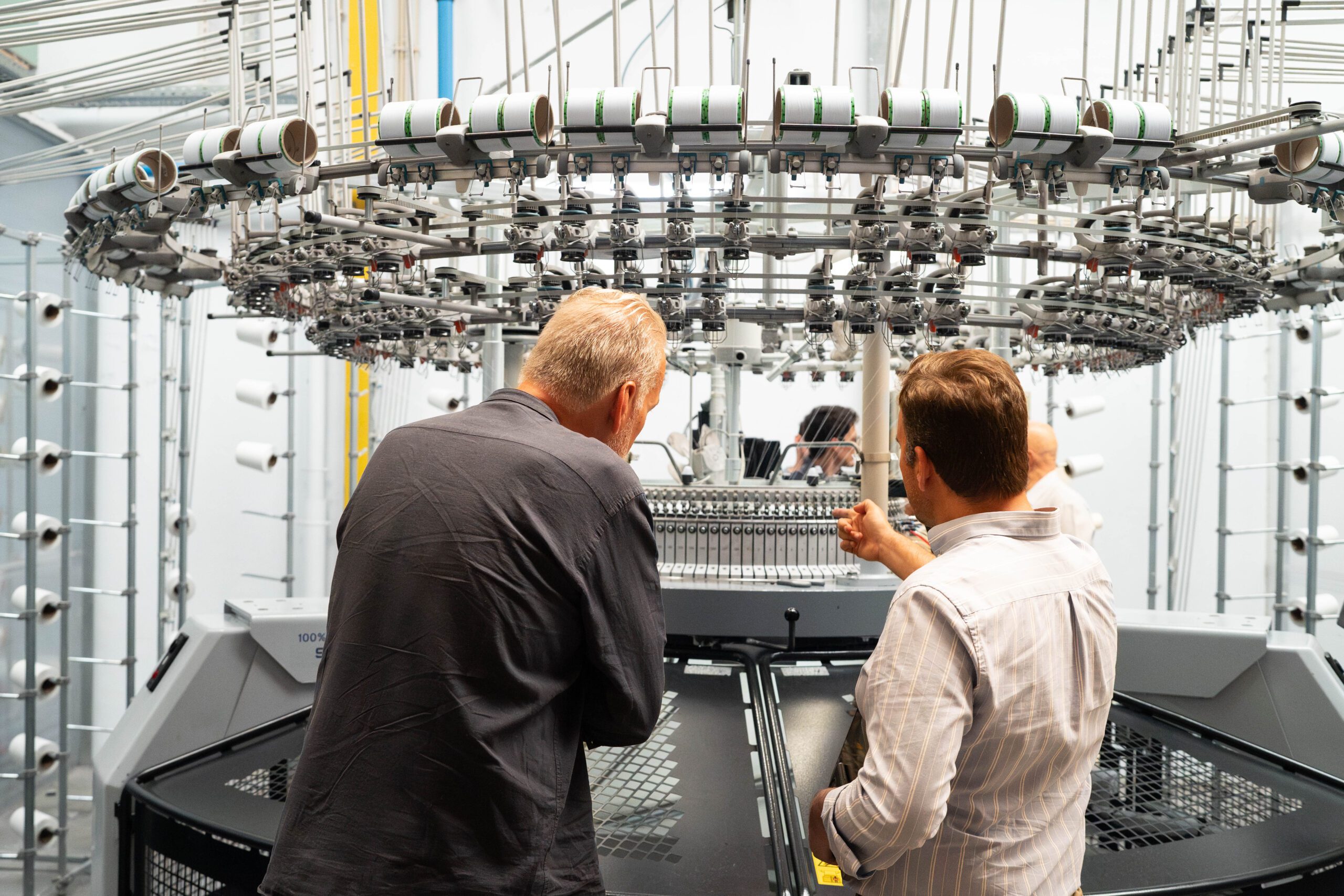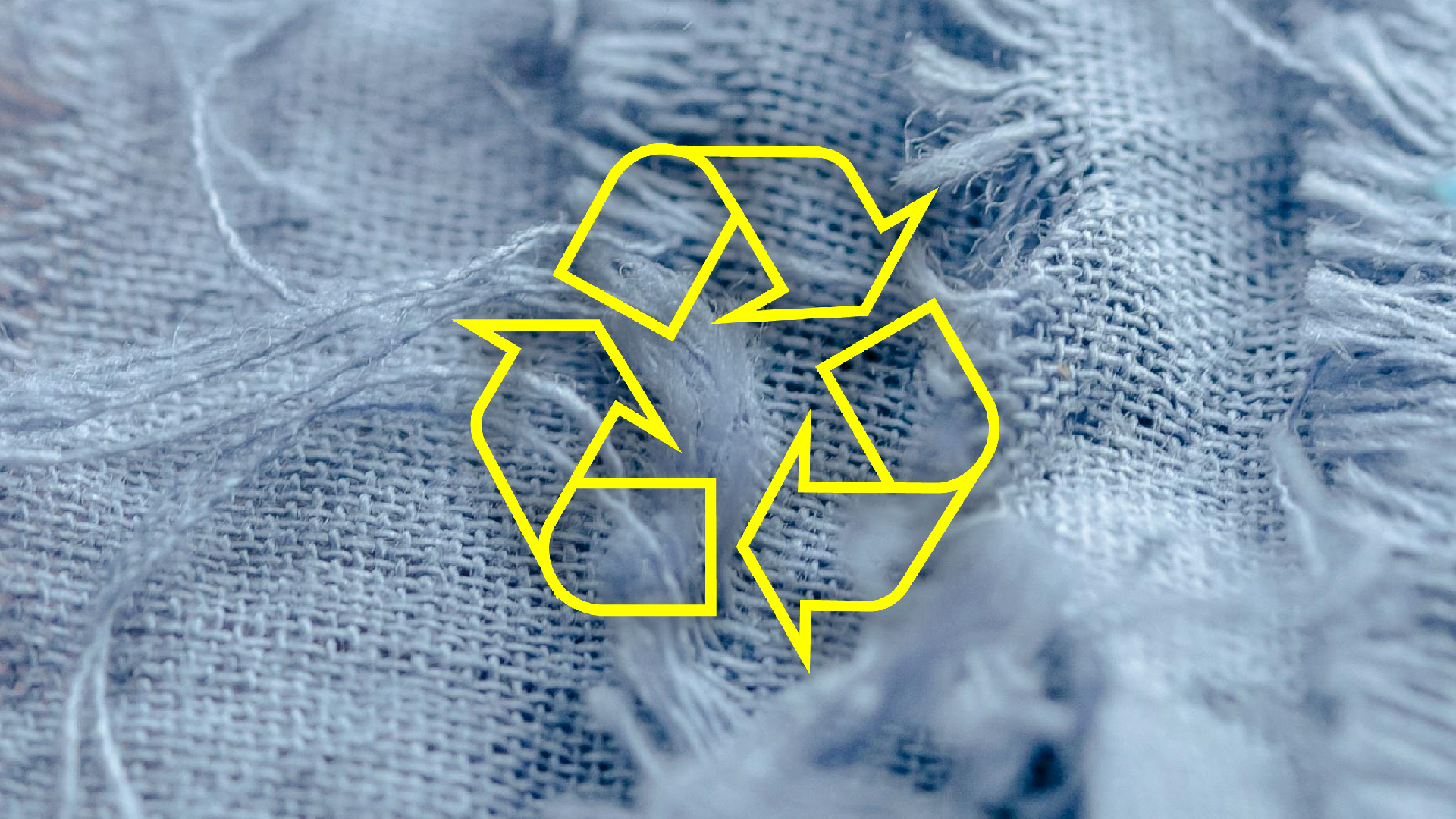5 FAQS About ‘Leather’ Alternatives
With Mira Nameth, CEO and founder of Biophilica
Image by Biophilica.
14 March 2024
What are ‘leather’ alternatives made of?
‘Leather’ alternatives are a quite wide category with a lot of different types of technologies, some of which have nothing to do with one another. The earliest ‘leather’ alternatives, PVC and polyurethane, are quite old now and are made from petrochemical sources, so they’re essentially plastic. Then you also have, in the recent decades, a lot of other alternatives that have been developed, like mycelium, plants and polyurethane mixes, and then you have a very small group of ‘leather’ alternatives that are entirely free of plastic.
Are ‘leather’ alternatives durable?
It’s a great question. So the honest answer is some are and some aren’t. Looking at petrochemical materials, like PVC and polyurethane, yes they are relatively durable. There are other ‘leather’ alternatives, including our material Treekind®, that test extremely well.
Are ‘leather’ alternatives expensive?
So again, the answer is yes and no. You have a huge range of different kinds of ‘leather’ alternatives with a huge range of different prices as well. You have PVC and polyurethane, which are entirely plastic ‘leather’ alternatives, which you can get from anywhere for five to ten pounds per metre. It’s insanely cheap and that also has to do with where that material is produced. And then you have other materials that are made in Europe or are made in the US, and those tend to be a little more expensive, but generally more on par with actual conventional leather. Then you also have certain ‘leather’ alternatives that are at the luxury end of animal leather.
Are ‘leather’ alternatives really better for the environment?
There’s actually a simple answer to this question, and that is yes, it is better for the environment. ‘Leather’ alternatives in general are better than animal leathers. If you look at precise things like the carbon footprint and the water footprint. There are, however, of course, issues. When you look at PVC and polyurethane, which are plastics, they obviously contribute to our general global problem of plastic pollution. There’s just no way of denying that. Then you look at some other ‘leather’ alternatives, and it really has to do with what the inputs are. Looking at our material, Treekind®, we only use plant-derived or natural components in our material, and that means that we have a very low carbon footprint and we also have a low water footprint.
Are ‘leather’ alternatives the future?
At Biophilica we obviously firmly believe that biomaterials are the future! We can see all of the problems that exist with both animal leather and plastic ‘leather’ alternatives as well, and we feel very passionately about helping to solve this issue.
Other Articles

In conversation with Smartex: Explore Smartex’s AI-driven solutions transforming quality control and reducing waste

Fashion for Good and Textile Exchange Team Up to Trace Textile Waste

